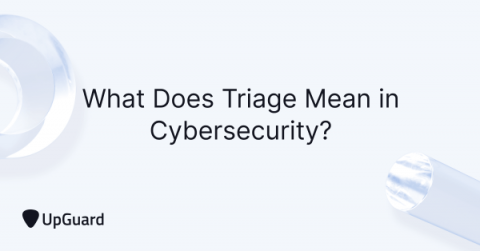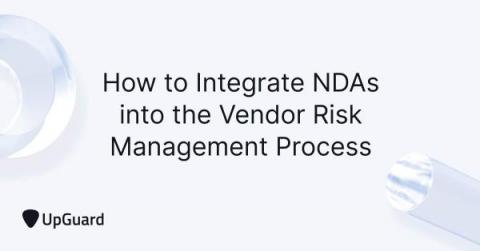Top Phishing and Social Media Threats: Key Findings from the Quarterly Threat Trends & Intelligence Report
In today’s online landscape, it is crucial for organizations to stay on top of the threats that put their enterprises at risk. Agari and PhishLabs have put together their Quarterly Threat Trends & Intelligence Report detailing their analysis of phishing and social media attacks this quarter. The report presents statistics regarding the volume of attacks, the tactics used by cybercriminals, and the main targets of these attacks, documenting the changes since last quarter.











